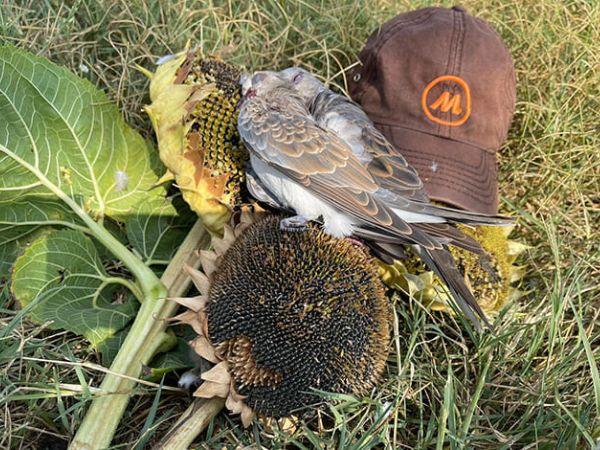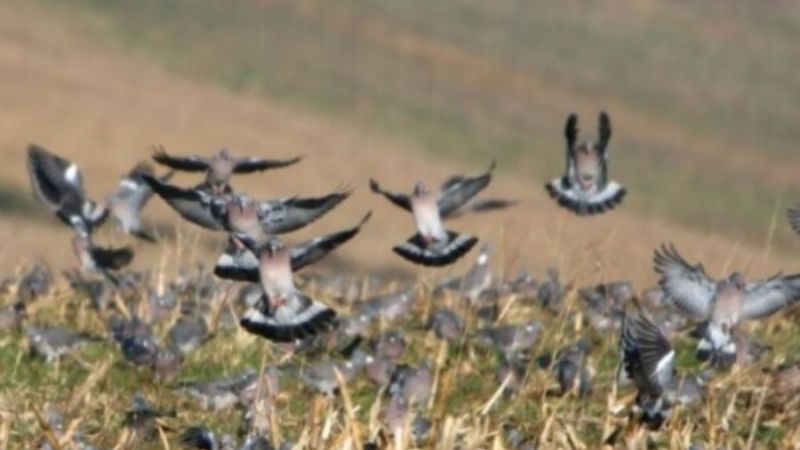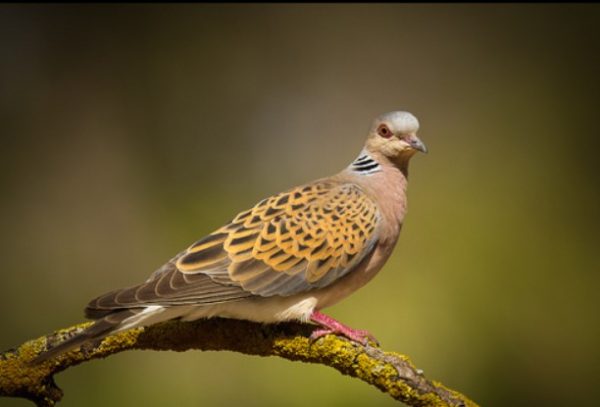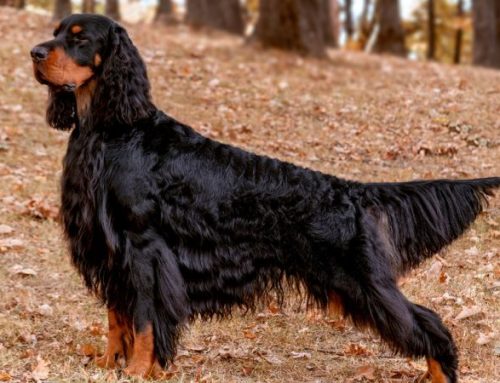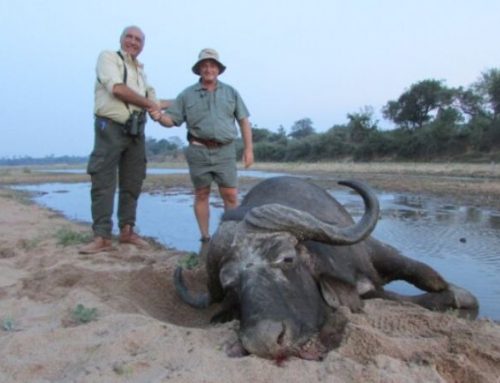Migratory hunting has a charm all its own: it feeds on the mystery of the journey, the precision of nature, the patient waiting, and the passion for flight.
And if there is a place where this form of hunting still exists in all its purity, it is North Macedonia—particularly the Bitola Valley, on the border with Greece. A borderland, both harsh and gentle, crossed every year by flocks of wild turtle doves and wood pigeons in migration, where time seems to stand still in the sun-drenched fields, and unforgettable encounters take place in the first light of dawn.
The Bitola region, also known as Pelagonia, is a vast plain surrounded by gentle hills and dominated by traditional crops such as sunflower, corn, tobacco, and wheat. The environment is ideal for migratory birdlife: the golden stubble fields offer shelter and food, while irrigation canals and small wetlands provide water even during the driest months. This favorable habitat, combined with its strategic geographical position, makes Bitola one of the most sought-after destinations for small migratory game enthusiasts.
A key point along the Balkan flyway
The Bitola area lies along one of the most important routes of the Balkan flyway—one of the migratory paths that connect Central and Eastern Europe to Northern Africa. Birds, after nesting in the Baltic countries, Ukraine, Romania, or the Danube basin, begin their long journey south by crossing the Balkans, skimming the slopes of Mount Baba, crossing the Greek border, and then heading toward the Eastern Mediterranean and the Sahara.
Along this section of the route, the concentration of turtle doves and wood pigeons reaches remarkable peaks, as many flocks group together to face the crossing. The European turtle dove (Streptopelia turtur), queen of the late August migration, is a fascinating bird whose population is steadily declining in much of Europe, yet it still thrives in North Macedonia thanks to low local hunting pressure and the presence of vast expanses of traditional farmland.
The wood pigeon (Columba palumbus), larger and hardier, follows shortly after. Its migration begins around the end of August but intensifies in the early weeks of September. The wood pigeons that pass through Bitola often continue on toward the Peloponnese or, following the Aegean Sea, reach the eastern coasts of Africa.
Expert insight: Luigi Goffi from Montefeltro
Luigi Goffi, head of small migratory game for Montefeltro, knows the Bitola area intimately. He has been visiting for years, captivated by the unique blend of landscapes, game, and Balkan traditions. He knows every trail, every flight line, every shift in wind that might signal the arrival of a perfect hunting day.
“Bitola is one of those places where you wake up and feel that the migration is coming. The air changes. The doves arrive en masse, often on calm, clear days, and concentrate in areas of stubble, sunflower fields, and riverbanks. It’s a form of stand hunting, yes, but also one of reading, of constant sky-watching,” says Goffi.
Wood pigeons, on the other hand, are a constant surprise. They might appear high up, gliding silently, or swoop in fast from a ridge. You have to be ready, well camouflaged, and always looking east, where the sun rises carrying the unpredictable,” Luigi says.
Luigi doesn’t just lead hunting groups—he accompanies them with a genuine spirit of sharing, passing on experience, passion, and deep respect for the rules.
“In Macedonia, you can still breathe the essence of real hunting. The days begin very early, with whispered chats and a strong black coffee. Then everyone heads to their blinds, and you wait. And if you’re lucky, the right flock will come in that morning.”
For years, Montefeltro has organized carefully selected expeditions to Macedonia, working with local guides and authorities to ensure hunting that is sustainable, regulated, and safe. Nothing is left to chance: each blind is strategically positioned, and every move is planned based on migratory behavior and weather conditions.
The best time: late August and September
The hunting season in the Bitola region runs from the third week of August through the early weeks of September, with only minor variations depending on weather patterns. The turtle doves are the first to arrive—often as early as August 18–20—drawn by dry days and light northeast winds. It’s the moment when sunflower stubble fields attract entire flocks in the early morning and late afternoon.
A few days later, the flow intensifies with the arrival of wood pigeons. Their flight is less predictable, more erratic, but when they decide to come in, the sky fills with swift, silent silhouettes. The first two weeks of September represent the ideal period for those seeking an intense and varied hunting experience.
“It’s a short hunt, but incredibly intense. Dawn is the key moment—the first ten minutes determine the whole day. And even if nothing flies in, you’re there, in the silence of the plain, eyes on the horizon and heart full of anticipation,” Luigi adds.
Techniques and Style: Pass-Shooting as a Ritual
In the Bitola area, the predominant technique is fixed or mobile pass-shooting, using natural materials and placing blinds strategically at bird feeding or flight corridors. Hunters make use of stone walls, field edges, clearings, and tree lines to ensure both cover and visibility.
